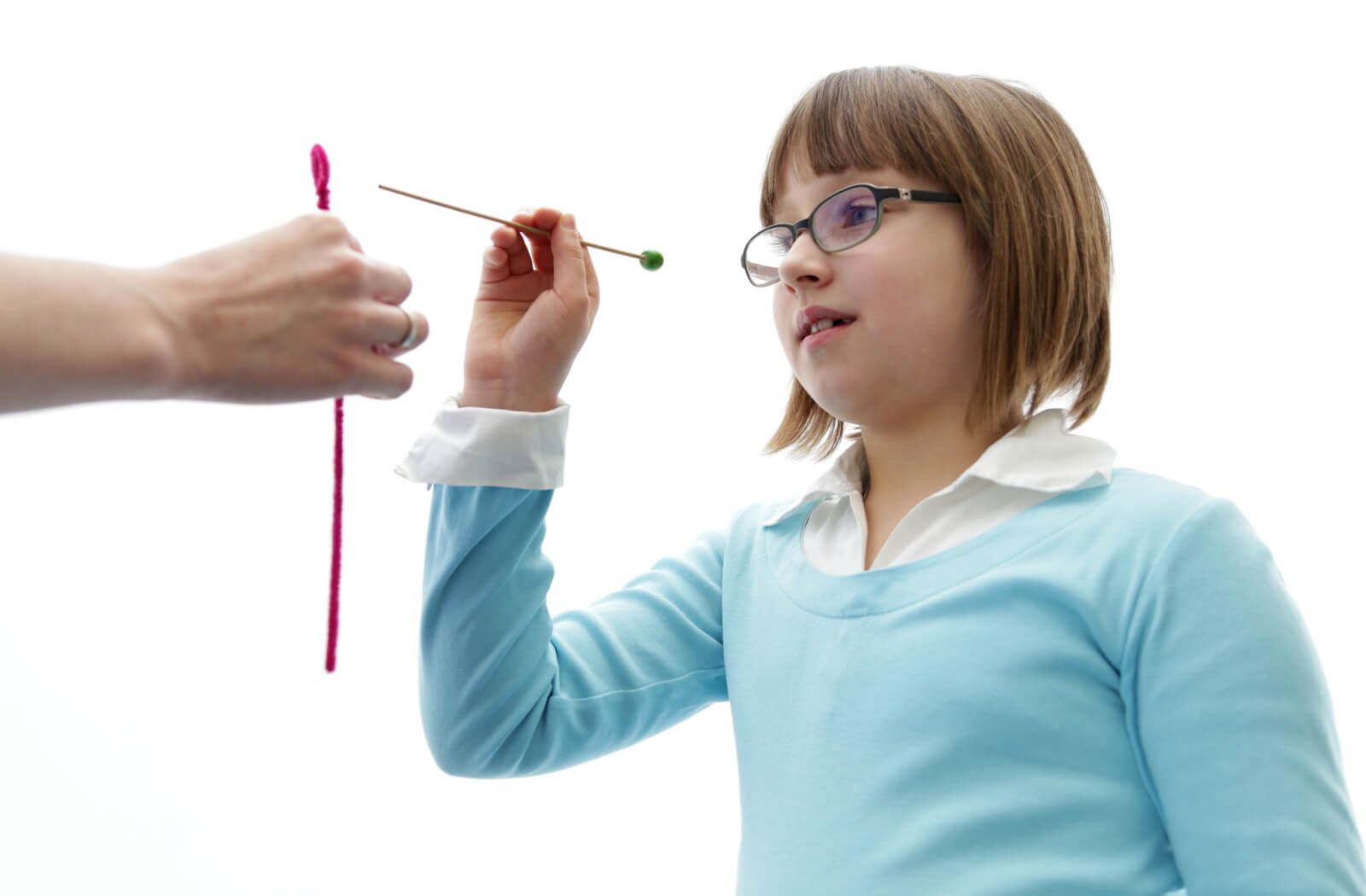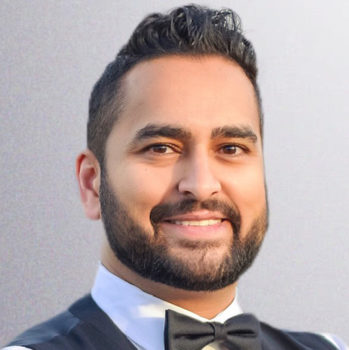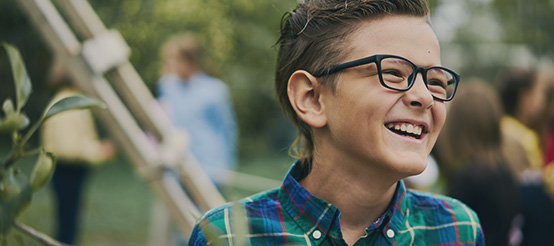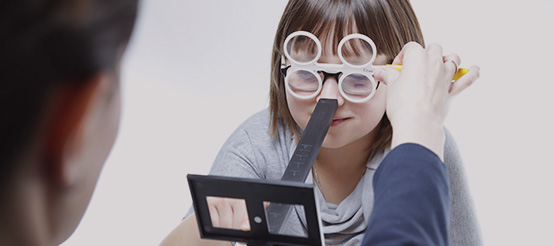Think of the last time you caught a ball, drove a car, or picked up something off the floor. You didn’t really have to think about telling your hand to move where it needed to be, it feels like it just happened, right?
Hand-eye coordination is a complex cognitive ability that requires us to combine our visual and motor skills, allowing the hand to be guided by the visual stimulation we receive through our eyes.
Hand-eye coordination is especially vital for normal child development and academic success, but it’s also a skill that adults use in various daily activities. However, hand-eye coordination deteriorates with age—physical and cognitive changes associated with aging may be to blame for the decline.
Fortunately, there is something you can do about it in addition to regular eye exams. According to research, fine motor training exercises and vision therapy can help you maintain your hand-eye coordination as you age.
Signs of Poor Hand-Eye Coordination
When the motor and visual systems don’t communicate effectively, a person may experience symptoms such as clumsiness. It can also cause professional, academic, or developmental difficulties.
Poor hand-eye coordination, for example, can interfere with attention, handwriting, and typing abilities. You may also experience:
- Double vision
- Headaches
- Eye & body fatigue
- Irritability
- Dizziness
- Difficulty reading & concentrating
Children may also exhibit symptoms of poor hand-eye coordination such as:
- Covering one eye
- Head tilting
- Skipping lines or losing their place while reading
- Poor sports performance
- Avoiding tasks that require close work
- Easily tiring
Activities to Improve Hand-Eye Coordination
Most activities in your daily life require some degree of eye-hand coordination, which is why it is important to keep it as developed as possible. Here are a few activities that may help:
Start Swimming
Regular swimming has been shown in studies to improve hand-eye coordination and balance. Both of these abilities are essential, especially as you get older.
Swimming requires you to use your arms and hands outside of your field of vision, forcing your brain to use its mind’s eye. You imagine in your head what your hands are doing without looking at them. Furthermore, the sensory input is different in the water, which challenges the brain.
If that isn’t enough to get you in the water, low-impact exercise promotes cardiovascular health and may help relieve arthritis pain.
Colour, Paint or Draw
Are you looking for a new hobby? Think about colouring, drawing or painting. With these activities, you can practice hand-eye coordination and be creative.
It’s a creative way to direct your hands and fingers to do what your eyes tell you to do within the confines of the page. Make use of markers or coloured pencils. Grab a sketch pad instead of a colouring book and draw your own pictures to colour.
Furthermore, learning a new skill keeps your brain sharp and healthy as you age, and participation in art has been shown to improve the quality of life in older adults.
Tai Chi
Tai chi is an ancient form of exercise that consists of slow movements, meditation, and balance exercises. According to one study, practising tai chi three times per week improved hand-eye coordination by 20% after three months. Tai chi classes can usually be found at your local gym.
Play Sports
Sports are one of the most effective ways to improve hand-eye coordination, and a simple game of catch is one of the most effective.
Throw a tennis ball against a wall and practice catching it with one hand, then the other. Playing a fast-paced game of catch with a partner can also help to improve eye-hand coordination.
Catch can also be used to improve your peripheral vision. Instead of throwing balls directly at you, have your partner throw them overhead or slightly to the left or right of you. You’ll miss a lot at first, but your brain will adapt and you’ll get to be faster.
Athletes spend hours fine-tuning their coordination skills. Some even seek the assistance of an optometrist who specializes in vision therapy to improve their reaction times.
Sports Vision Training at Urban Optique
Hand-eye coordination is an important visual skill that can be improved in a variety of ways. Your journey to better sight begins with a visit to your eye doctor, whether through at-home activities or sports vision training.
Aside from general visual health, the eyes can be tested for specific weaknesses that will improve performance in a given sport.
These weaknesses are identified through a variety of visual therapy exercises and strengthened through professional techniques that link visual performance to a specific sport.
While deliberate visual training and sports vision development will benefit any athlete, the following sports are excellent examples of which players can benefit from sports vision training:
- Hockey players
- Basketball players
- Football players
- Soccer players
- Racquet sports players
- Baseball players
If you’re interested in sports vision therapy, book an appointment with Urban Optique. Our optometrists can recommend tailored programs based on your eye health and performance goals after evaluation.
















